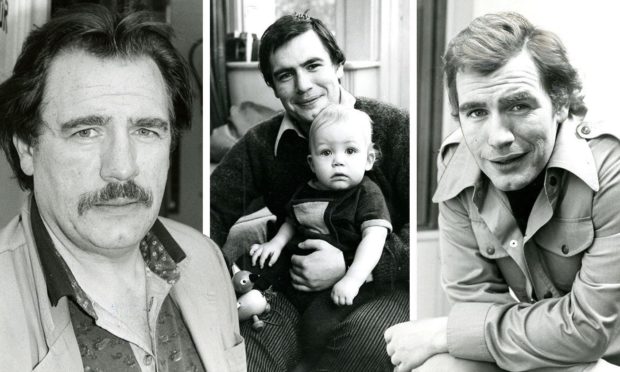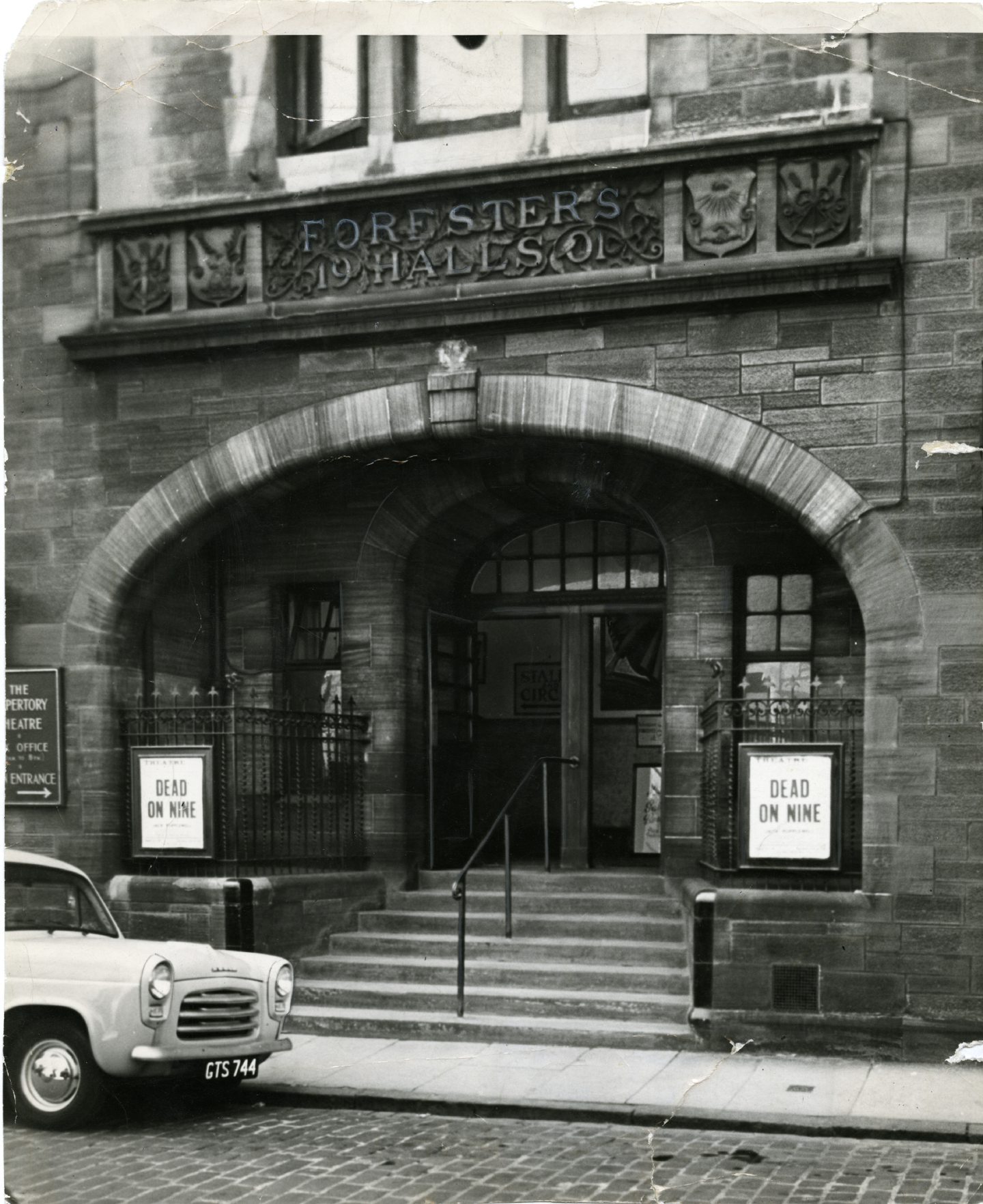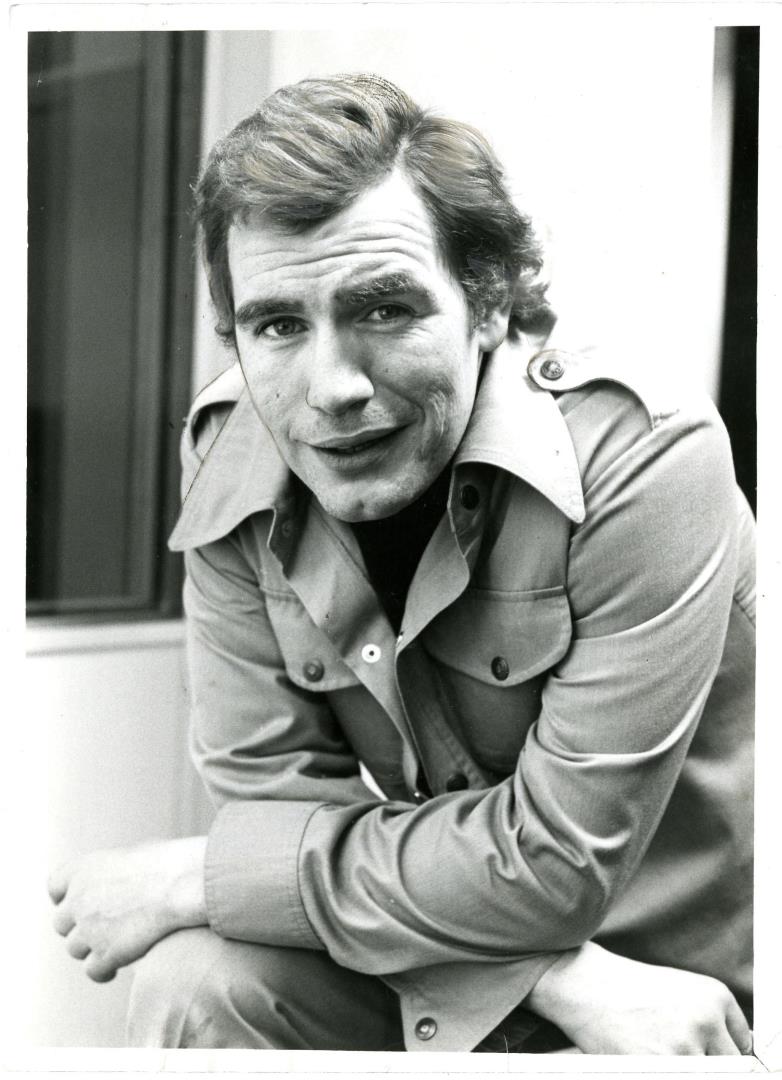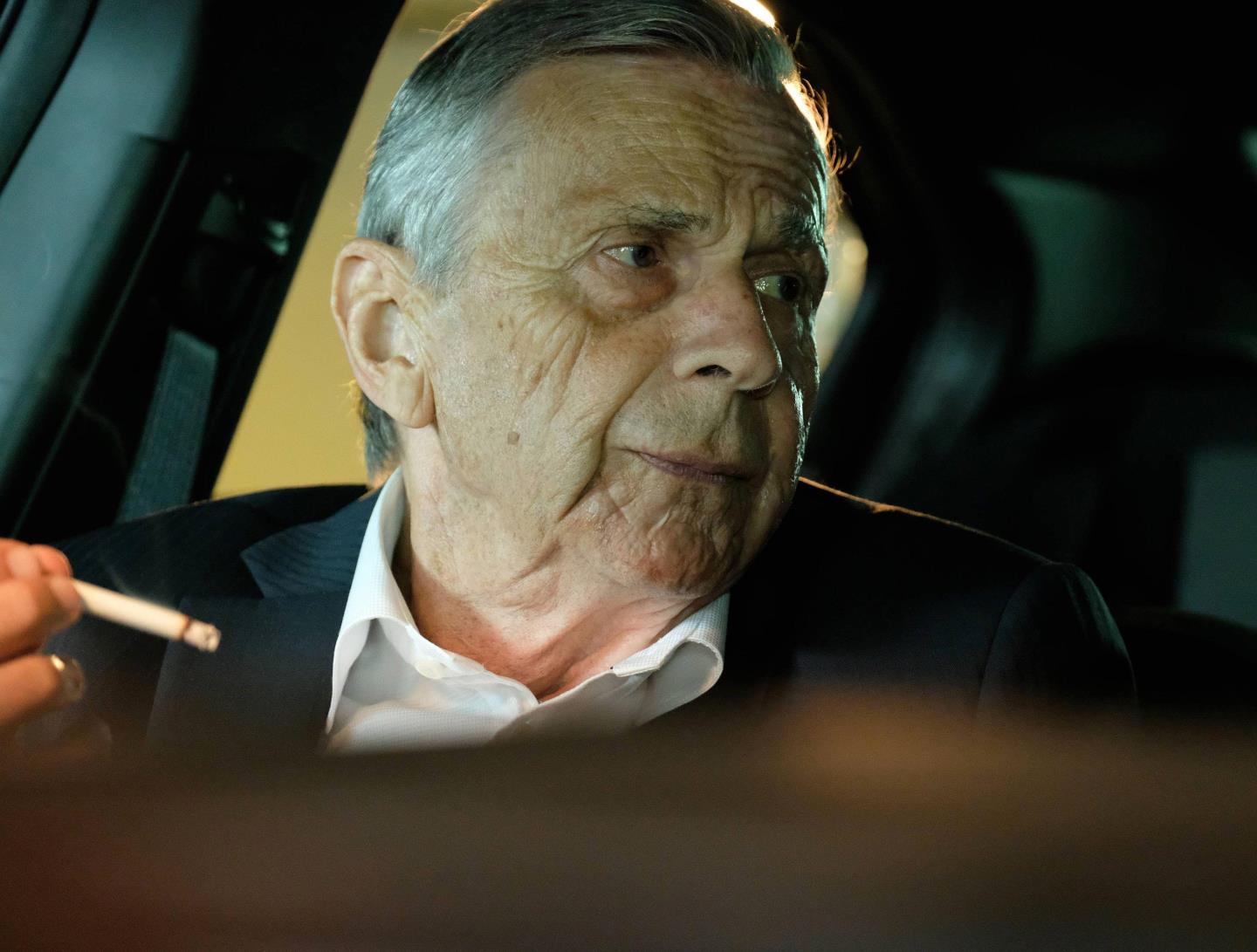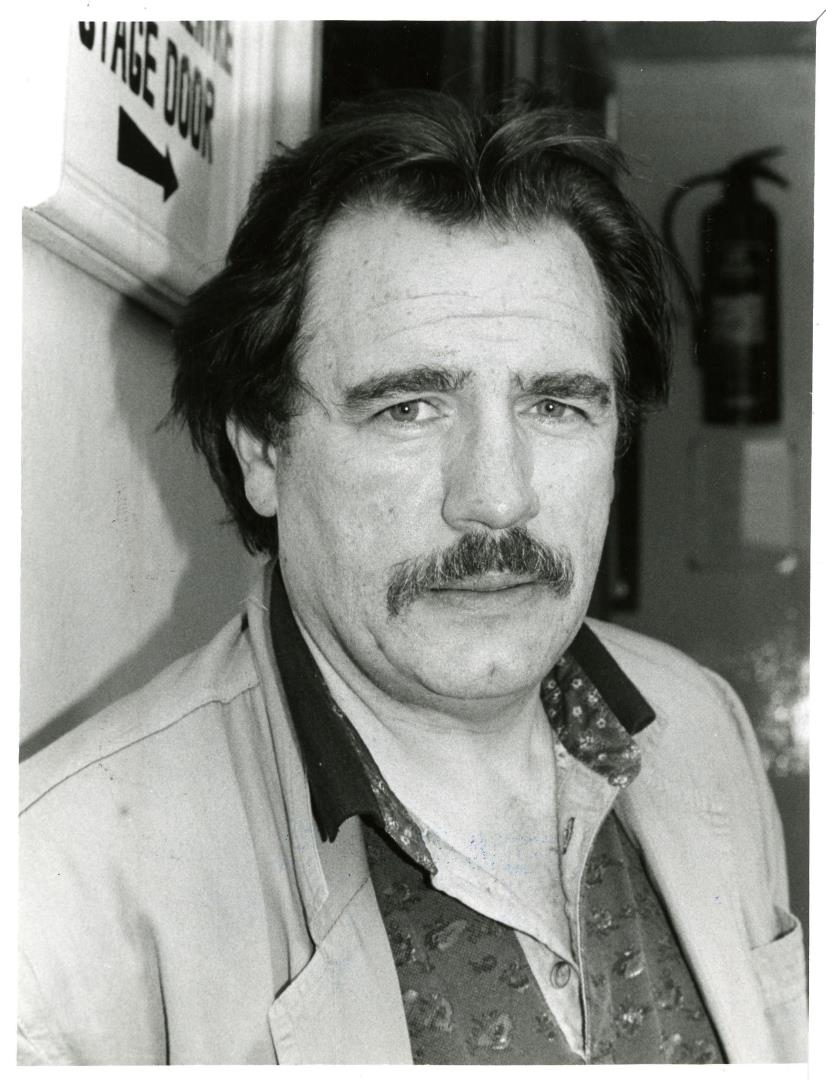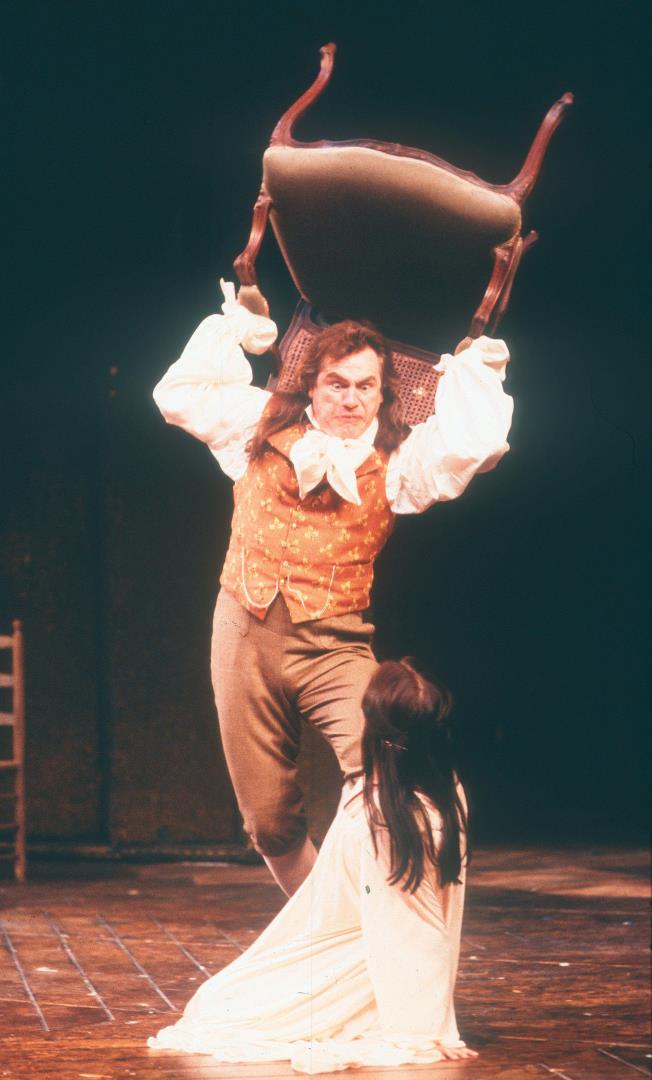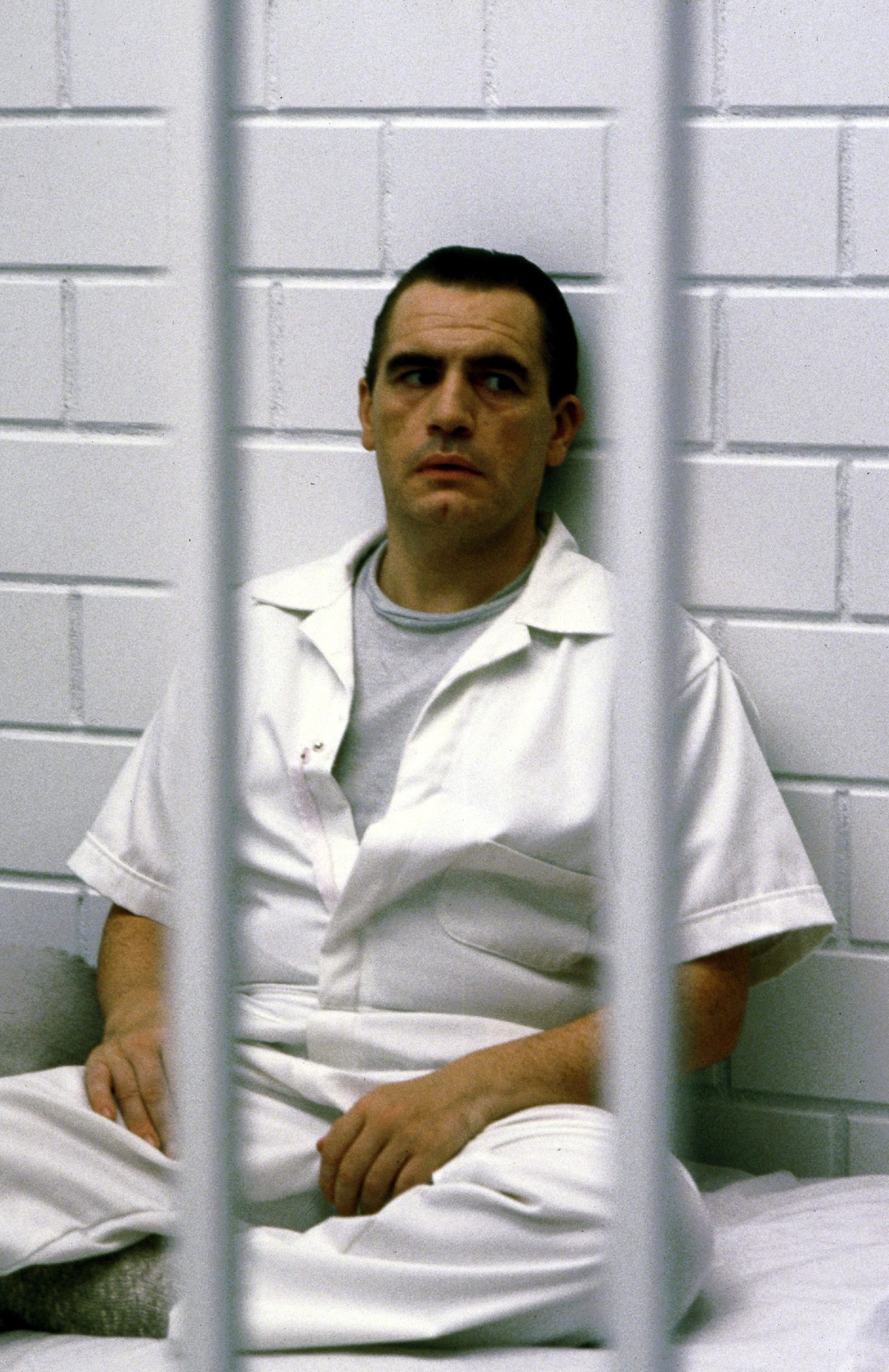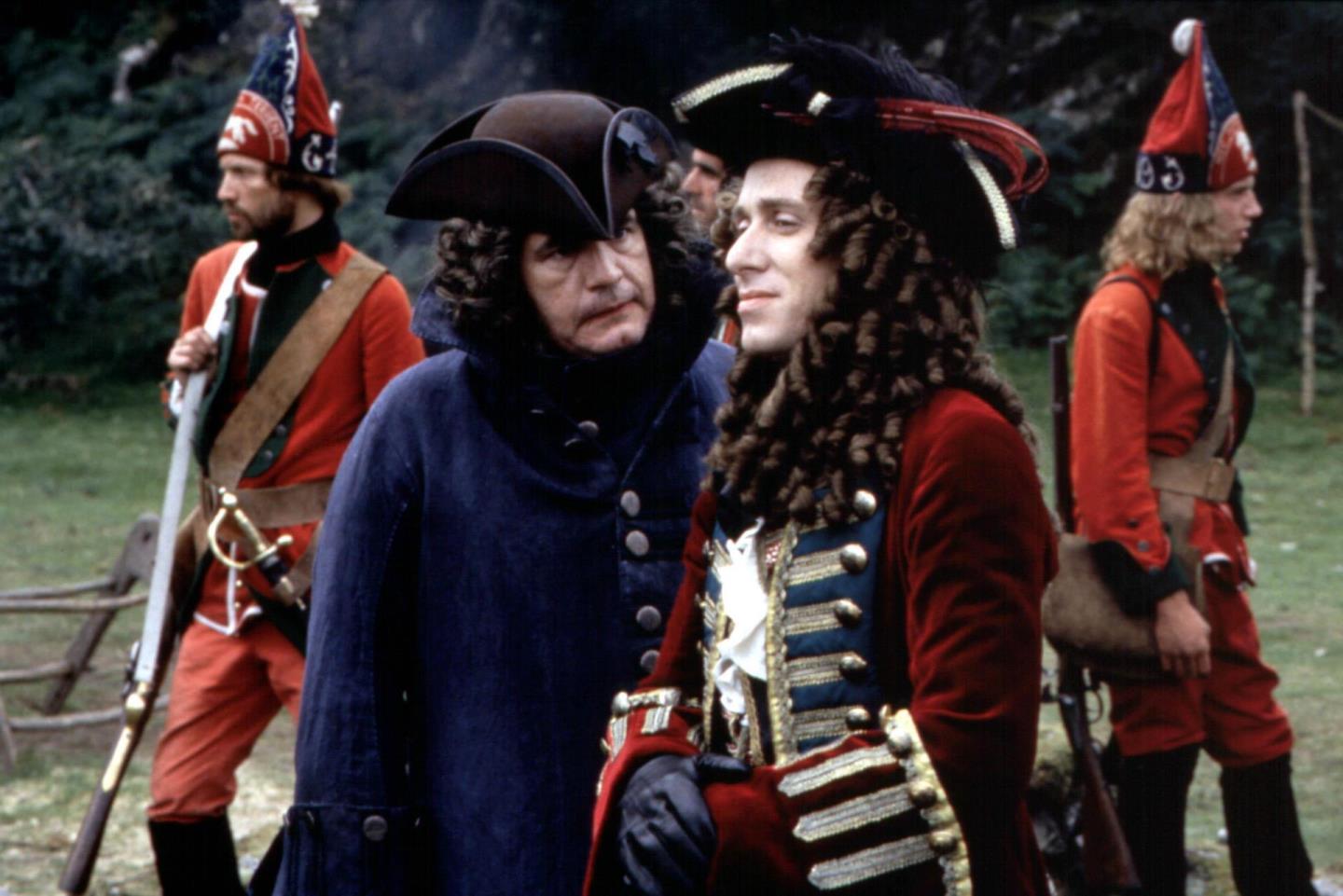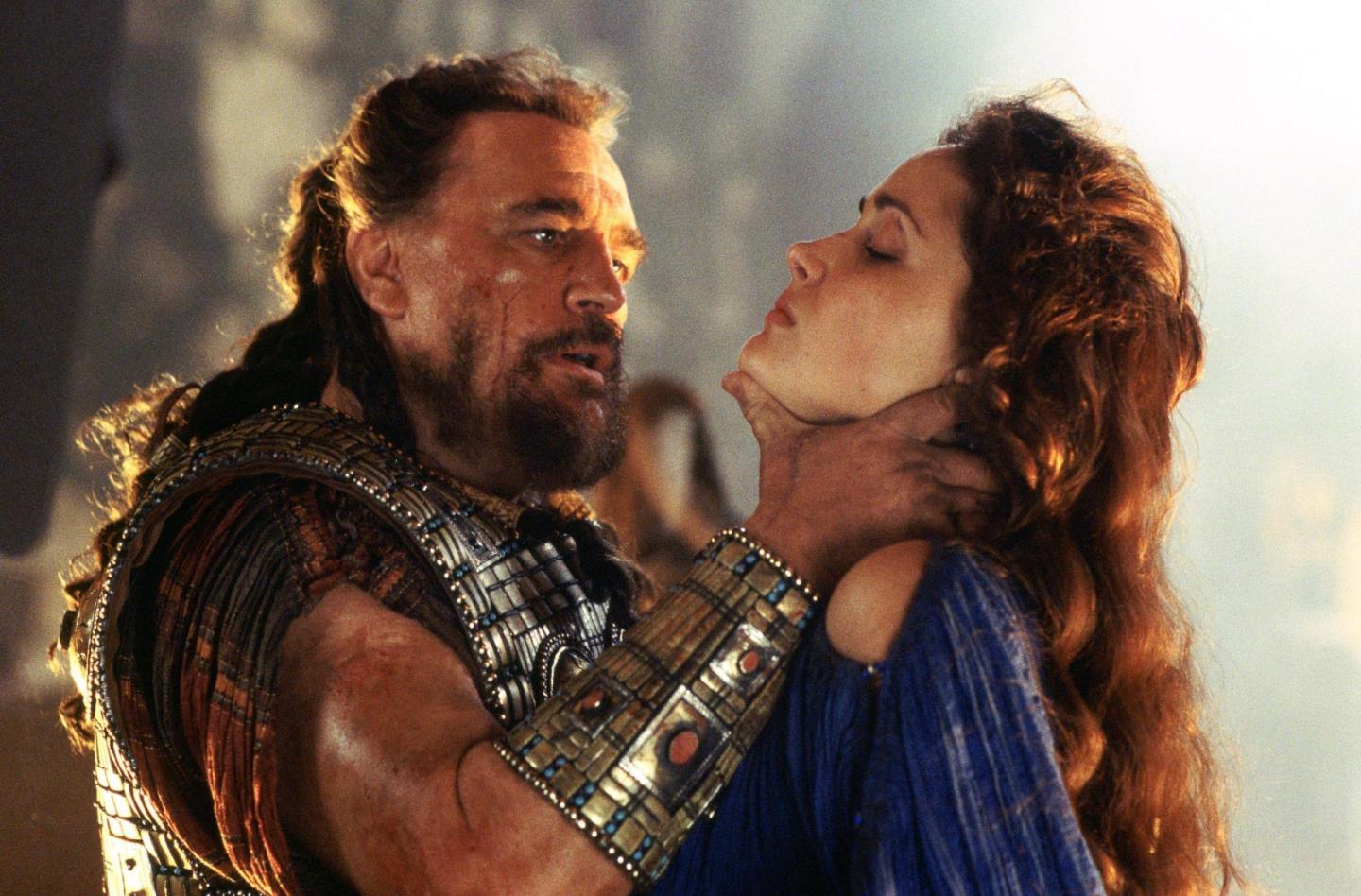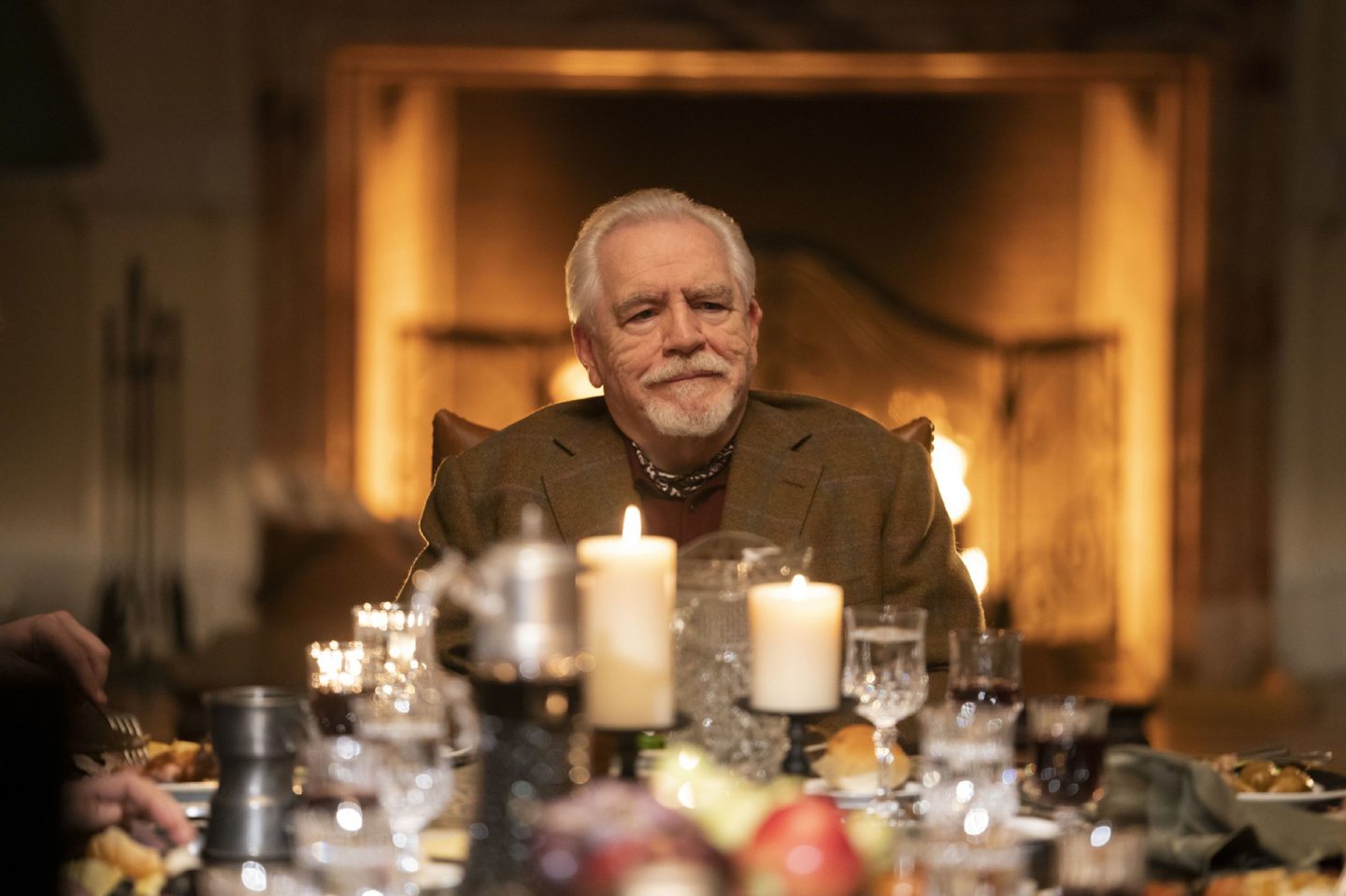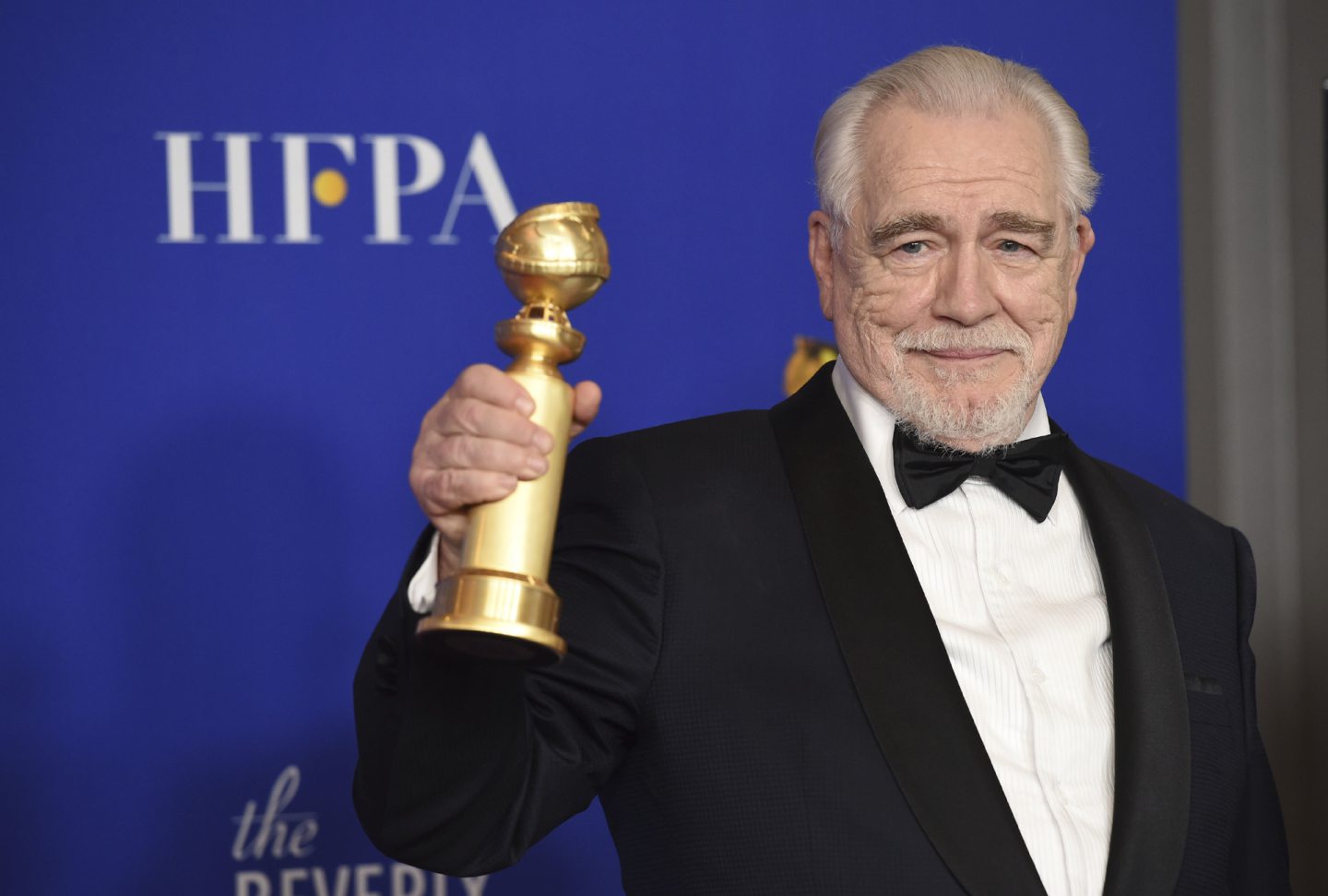As fans of HBO’s comedy-drama Succession eagerly await news of a third series, show star and proud Dundonian Brian Cox is celebrating turning 75.
From starting his theatre career as a 14-year-old errand boy at the Dundee Rep to his portrayal of King Lear and becoming the first on screen Hannibal Lecter, we take a look back at the life of this iconic actor.
‘Are you alright darling?’
Brian was the youngest of five children when he was born in Dundee on June 1 1946 attending St Mary’s Primary School before heading up to St Michael’s Junior Secondary School until he was 15.
Brian would go on to describe his education as disastrous and despite knowing he wanted to be an actor he didn’t have a clue how to achieve his dream.
He even considering joining the Merchant Navy.
It was at St Michael’s that Brian’s love of theatre would be encouraged and a job at the Dundee Rep was suggested.
Teachers Bill Dewar and George Hackett were key to leading Brian on his career path with Dewar starting The Rep Club at the school.
Students were able to attend the Wednesday matinee performances, which gave Brian an opportunity to watch Rep actor Nicol Williamson in action.
When Dewar heard of a job opportunity at the theatre, he encouraged Brian to apply and on the day of his interview he knew he was in the right place.
‘This is obviously where I should be’
Brian said: “The day I went for the interview was very strange because there was a fight going on up a close on the way to the back door of the theatre.
“There were two people shouting and threatening one another and one had the other bent over a staircase and was strangling him.
“One of the actors in the company at the time – the great Nicol Williamson – looked at me and said: ‘Are you all right darling’ – he actually called me darling. And I just thought this is obviously where I should be – where everybody fights and everybody calls each other darling.
“I went for the interview and got the job.
“My skillset was taking the night’s takings to the British Linen Bank and going for the messages.”
Life at the Rep
By late 1961 Brian was ready to enter the spotlight and on October 9 the 15-year-old stepped on to the Dundee Rep stage for the first time, in AA Milne’s The Dover Road.
“I’ve no idea why I wasn’t fired immediately,” he said.
“I was to play a waiter, but had no idea what Silver Service was, so they arranged for me to go to the Queen’s Hotel and do my homework.
“I’m at the back of the stage with my back to the audience. I would put fish in sauce on a plate and a waitress would take it away. The last portion I was to serve, but I dropped it on the floor.
“I thought nobody’s looking… I bent down, slapped it back on the plate and got cream sauce all down my arm.
“Then I proceeded to get it all over an actor’s tuxedo and a waitress’s face.
“An utter disaster.”
Dundonian tongue
Despite moving into stage management Brian would often be called on to play younger gents in performances hosted at the theatre, however his thick Dundonian accent left a lot to be desired and he was offered vocal classes.
He said: “The artistic director at the time was a Canadian called Bill Davis, who actually became famous because he was the Smoking Man in the X-Files. But then he was a young 24-year-old director of the Dundee Rep.
“He asked if I wanted to go to a voice class. I had no idea what that was but I said ‘sure’.
“He said they had this young woman coming up from the London Academy of Music and Dramatic Art who is now a teacher.
“This was Kristin Linklater and it was a mind-blowing experience being in her class. So I decided I was going LAMDA and I auditioned when I was 16.”
Brian’s stage management career wasn’t off to the best of starts either when he admits shooting a colleague in the face – luckily using a pistol that shot blanks.
‘I was hopeless’
Brian admitted: “I was the worst stage manager, I was hopeless, and there was one horrific incident.
“I burnt this guy’s nose. He was teaching me how to hand a gun to somebody as in those days we used to have pistols that fired blanks. He said ‘you never hand the gun to somebody with the barrel pointing at them and you hand it with the chamber open’.
“So I’m taking the gun as he’s handing it to me and then I hit the trigger and it went bang. It went black and he had a burnt nose. I still had a job after it. They blamed it on themselves for not instructing me properly.”
Lady luck
The Rep would turn into his home away from home, often spending the night in the theatre.
It was sheer luck that he wasn’t in the building on his 17th birthday in 1963 when flames tore through the building, destroying the theatre.
Brian said: “I was broken-hearted. They struggled to keep me from running into the building when it was still on fire.
“The tragedy of the fire is that Richard Buckle had just redesigned it, decorating it with beautiful dark roses. It was a warm and welcoming auditorium for just over 200, with a small raised balcony. It also had a very good stage with great acoustics.”
Brian would leave in the same year with his audition to study at LAMDA proving successful.
He studied there until he was 19 before joining the Lyceum company in Edinburgh and then the Birmingham Rep until 1968.
From Theatre to TV
After leaving LAMDA Brian would star in a number of stage productions and he made his first television appearance in an episode of The Wednesday Play in 1965.
Several one-off appearances in other TV shows would follow before he took a lead role in BBC television play, The Year of the Sex Olympics, in 1968.
Brian went on to become an accomplished Shakespearean actor, spending seasons with both the Royal Shakespeare Company and the National Theatre in the 1980s and 1990s.
His work with the RSC included a critically acclaimed performance as the title character in Titus Andronicus, as well as playing Petruchio in The Taming of The Shrew with Brian saying later that his performance in Titus Andronicus was “the greatest stage performance I’ve ever given”.
In 1986, during the production of Manhunter where Brian was playing the first on screen Hannibal Lecktor (sic), Anthony Hopkins was playing King Lear on stage at the National Theatre.
Five years later, during the production of The Silence of the Lambs in which Hopkins took over as the correctly named Lecter, Brian was playing King Lear at the National Theatre. At the time, the two actors shared the same agent.
The worst villain of them all
By 1995 Brian was set to feature in his most well known roles in films Rob Roy and Braveheart.
While you might think nothing could top Hannibal Lecter when it comes to playing evil villains, Brian believes there’s one character he portrayed tops the cannibal, Rob Roy baddie, Killearn.
“I have played a lot of unpleasant people, but he is probably one of the most unpleasant. He was such a sneak,” he said.
“Killearn was more sneaky than Hannibal. You know what Hannibal is and he is a particularly nasty piece of work.
“But Killearn, being the factor and being corrupt and all that toadying he did with the Duke of Montrose, he was a rather despicable individual.
“Then there was his horror, but also his fascination, at the rape of Rob Roy’s wife. He was thoroughly, thoroughly unpleasant. It was a great role.”
Blurred lines
Brian went on to become one of only two actors to appear in both Rob Roy and Braveheart as Rob Roy director Michael Caton Jones didn’t want him to shoot Braveheart in case viewers thought it blurred the lines between the two films which were shot more or less at the same time.
Despite the directors disapproval Mel Gibson was keen to get Brian on board, allowing him to choose any part he wanted in the film.
He said: “Mel got back to me and said he really wanted me in his movie and asked if there was anything I could do. I said the only part that I quite liked was the uncle, Argyll, but he’s described as very thin and very cadaverous. Mel said: ‘You’re playing it’.
“It all worked out, because the timing was right. The ironic thing was that I stayed in a hotel just outside Fort William and went from Braveheart to Rob Roy without changing my room.”
Living in America
The year 1995 was a big year for Brian. Not only because of his two blockbuster roles, it was also the year he decided to move across the pond and set up shop in America.
“It was a pivotal year in terms that I decided after doing those two films I was going to move to America, because I wanted to do more movies,” said the actor who now lives in upstate New York.
“I’d had a great theatre career, I had done everything I could do in theatre and television. But my cultural history was all about the movies, or as we called it ‘the pictures’. I felt it was my destiny in a way, that I really had to get into films.
The move led to a number of high-profile roles in blockbusters including a well-loved role in Troy playing Agamemnon and roles in the X Men series.
The success of Succession
Now Brian is most known for his role as Logan Roy in Succession. Fans are currently eagerly awaiting news of a third series.
His portrayal has won him a Golden Globe and Brian said he finds Logan an interesting character, if not likeable.
“I think I am drawn to the human flaw, I like to elucidate it a bit, that’s my job.
“I suggested playing Logan as Scots but Jesse (Armstrong, the show’s creator) wasn’t keen on the idea as he wanted him to be American. But then in the first episode I found out he was born in Quebec so I asked if they wanted me to do a Canadian accent, but they said, ‘no, he’s moved around and he has an American twang’.”
Remains humble
Following the making of the last episode in the first series, Cox was approached by fellow actor Brian Friedman, who told him: “You’re no longer born in Quebec, you’re born in somewhere called Dundee, Scotland”.
Brian added: “I went up to Jesse and asked what was going on and he said he thought it would be a little surprise.”
His role as Logan has also secured Emmy nominations for the actor who narrowly missed out on the best actor gong to co-star Jeremy Strong who plays his son Kendall in the show.
Despite his great achievements Brian says he owes his career to his humble beginnings at Dundee Rep: “It formed me and shaped me and introduced me to my world. I owe the Rep everything.”
The X-Files: Cigarette Smoking Man watched Dundee Rep dreams turn to ashes
.
